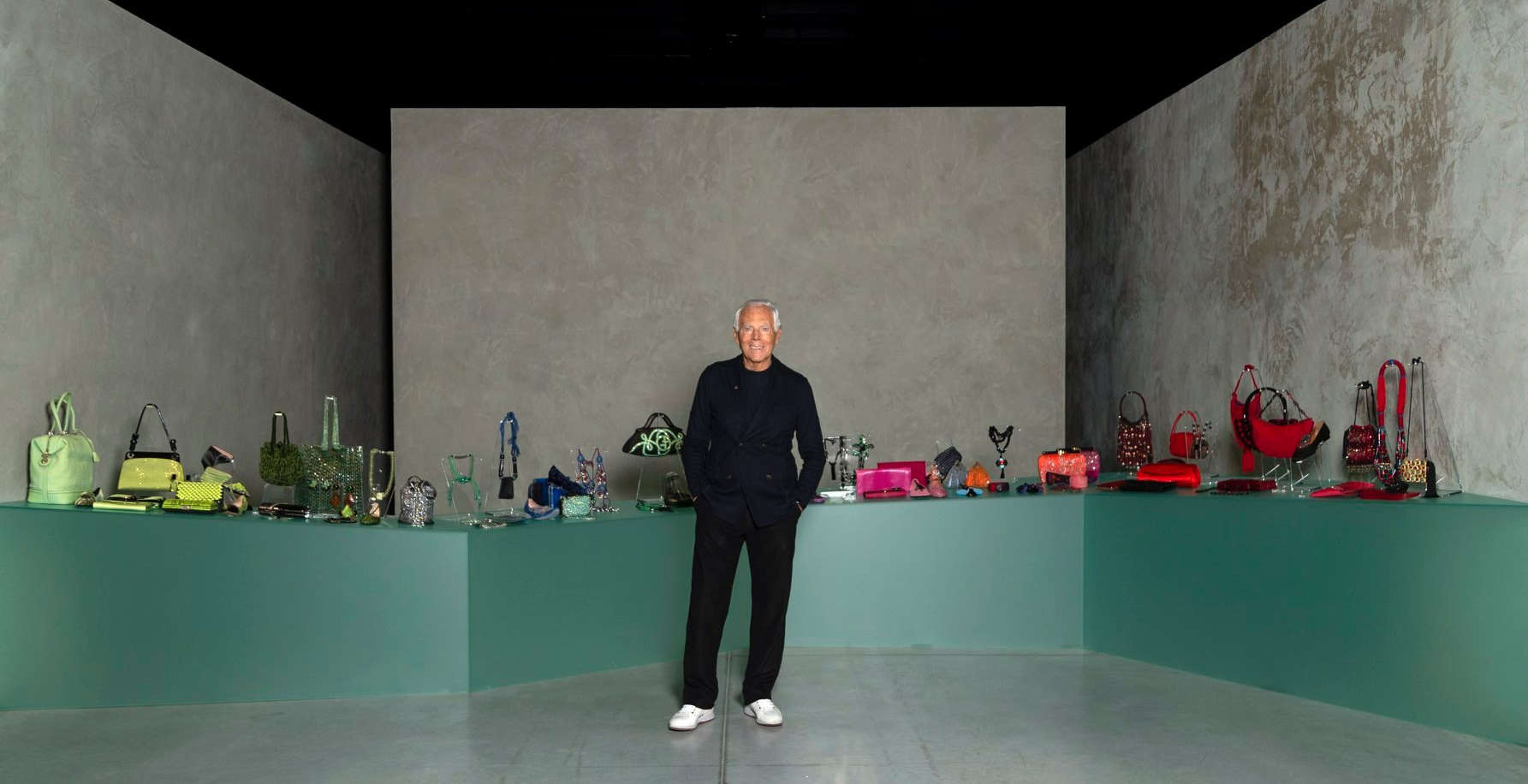The great fashion designer Giorgio Armani, an icon of world fashion and founder of a fashion house that took Italian style around the world, passed away today at the age of 91.
Born July 11, 1934, in Piacenza, Italy, the first of three children of Ugo Armani and Maria Raimondi, the designer grew up in an environment marked by World War II, in which he directly experienced the difficulties of the times (“we were poor and life was hard,” he recounted in an interview with Harper’s Bazaar). After studying at the Liceo Scientifico “Respighi” in Piacenza, he moved to Milan and in 1953 completed his high school studies at the Liceo Leonardo da Vinci in Milan, then enrolled in medical school at the Università Statale, but abandoned his studies after three years to perform military service.
It was in Milan that Armani came to the world of fashion, working as a salesman and window dresser for La Rinascente department store, discovering his true passion. His career in the fashion industry continued with a stint in the fashion house of Nino Cerruti, as a designer for the Hitman line from the 1960s. In the following decade, Armani became independent, launching the Armani by Sicons line in 1974, which finally pushed him to create his own brand, which he started in 1975, the year Armani founded the eponymous company with life partner Sergio Galeotti. It was July 24, 1975, and Giorgio Armani S.p.A., debuted with a men’s ready-to-wear collection, while the following year he also introduced a women’s line.
A distinguishing feature of his style was the deconstructed jacket, with which Armani revolutionized men’s style, thanks to a jacket (the expression “deconstructed” later became commonly used) made by eliminating stiff linings, redefining proportions, toning down epaulettes, and using neutral tones. A more informal and relaxed elegance than the classic tradition.
The international rise came in the 1980s: the film American Gigolo (1980), with Richard Gere dressed in Armani, was a decisive showcase; costumes for Miami Vice (1984-1989) followed. The designer was also pictured on the cover of Time in 1982, the first designer to appear there since Christian Dior almost 40 years earlier.

Over the years, Armani has expanded his offerings with several lines: Emporio Armani (1981), which was the more youthful and casual line; Armani Jeans (1981, ended in 2016), the denim line; Armani Junior (1982, ended in 2018 as it was incorporated into Emporio Armani), for children and teens from 3 months to 16 years old; Armani Exchange (1991) dedicated to young people and fast-fashion; and then Armani Casa (2000), an interior design line; and EA7 (2004), the sports line with which it would brand the Italian national team’s uniforms at the Olympics in 2012. The house’s offerings then expanded to include perfumes (some like Acqua di Giò and Armani Code have become classics), accessories, eyewear, watches, and home furnishings. In 2000 the Guggenheim Museum in New York dedicated a retrospective exhibition to his work, while in 2002 he was appointed Goodwill Ambassador of the United Nations High Commissioner for Refugees. In 2007, he launched a technological collaboration with Samsung (LCD televisions and luxury cell phones), and streamed his Armani Privé fashion show, becoming the first designer to do so (a smartphone, the Samsung SGH-P520 Giorgio Armani, presented in the same year 2007, would later be born from the partnership , initially selling for the sum of 750 euros).
Giorgio Armani has also been active in the field of art: in fact, in 2014 he inaugurated theArmani Silos, a museum space in Milan dedicated to his creations and creative legacy and more. And the same year he received the Compasso d’Oro for Lifetime Achievement. In 2016 he established the Armani Foundation, with the goal of preserving and consolidating the governance of his Group over time and promoting innovation and quality. He is also passionate about sports: patron of Olimpia Milano since 2008, he has designed uniforms for Chelsea, the English national team, and Italian Olympic athletes, and has supported charitable projects in health and sports.
The designer from Piacenza has also always stood out for his confidentiality. To the spotlight, he has always preferred the discipline of work. “Fifty percent of what I do is discipline and the rest is creativity”: so he declared in an interview with Elle. He will be remembered as one of the greatest designers of the 20th and 21st centuries, independent, precise, and the author of an empire that includes fashion, perfume, furniture, sports, and culture. The Armani brand remains associated with the concept of understated elegance with solid roots in tradition. “With Giorgio Armani,” said Culture Minister Alessandro Giuli, “disappears an absolute protagonist of Italian culture, who knew how to transform elegance into a universal language. His sober and innovative style redefined the relationship between fashion, cinema and society, leaving an indelible mark on contemporary costume. Not only a master of fashion, but a recognized ambassador of Italian identity in the world. To his family and all collaborators go our grateful and moved thoughts.”
 |
| Farewell to Giorgio Armani, fashion icon |
Warning: the translation into English of the original Italian article was created using automatic tools. We undertake to review all articles, but we do not guarantee the total absence of inaccuracies in the translation due to the program. You can find the original by clicking on the ITA button. If you find any mistake,please contact us.